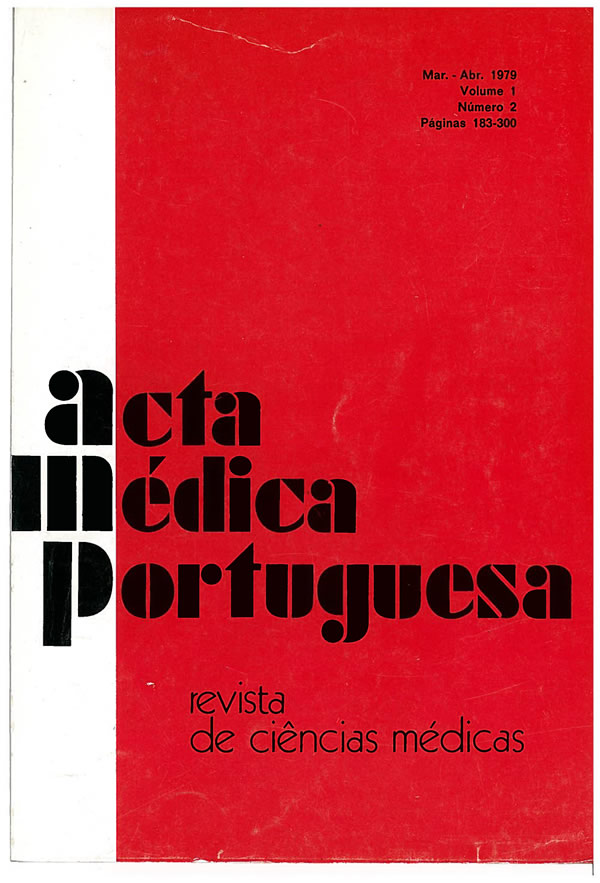Effects of acute ischaemia induced by atrial pacing on coronary blood flow in dogs.
DOI:
https://doi.org/10.20344/amp.4334Resumo
Five anaesthetized open chested dogs were studied by measuring left anterior descending (LAD) coronary blood flow, at rest, after atrial pacing and after Isoprenaline infusion. The LAD was then stenosed in order to reduce the hyperaemic response and then the study was repeated. During the control situation LAD flow was shown to increase with the increase in heart rate. Although the partial occlusion did not drop resting coronary flow, it actually fell under stress conditions to 68 % of the control values. The importance of this observation is that although one might expect flow in a stenosed vessel to increase to a maximum limited by the stenosis, this in fact does not happen. lt appears that with increasing stress, local ischaemia produces a rise in coronary resistance. Such a mechanism may explain the occurrence of myocardial infarction without proximal occlusion of coronary vessels and may explain the discrepancy between the time course of myocardial infarction as observed following experimental coronary ligation and that seen in man.
Downloads
Downloads
Como Citar
Edição
Secção
Licença
Todos os artigos publicados na AMP são de acesso aberto e cumprem os requisitos das agências de financiamento ou instituições académicas. Relativamente à utilização por terceiros a AMP rege-se pelos termos da licença Creative Commons ‘Atribuição – Uso Não-Comercial – (CC-BY-NC)’.
É da responsabilidade do autor obter permissão para reproduzir figuras, tabelas, etc., de outras publicações. Após a aceitação de um artigo, os autores serão convidados a preencher uma “Declaração de Responsabilidade Autoral e Partilha de Direitos de Autor “(http://www.actamedicaportuguesa.com/info/AMP-NormasPublicacao.pdf) e a “Declaração de Potenciais Conflitos de Interesse” (http://www.icmje.org/conflicts-of-interest) do ICMJE. Será enviado um e-mail ao autor correspondente, confirmando a receção do manuscrito.
Após a publicação, os autores ficam autorizados a disponibilizar os seus artigos em repositórios das suas instituições de origem, desde que mencionem sempre onde foram publicados e de acordo com a licença Creative Commons









